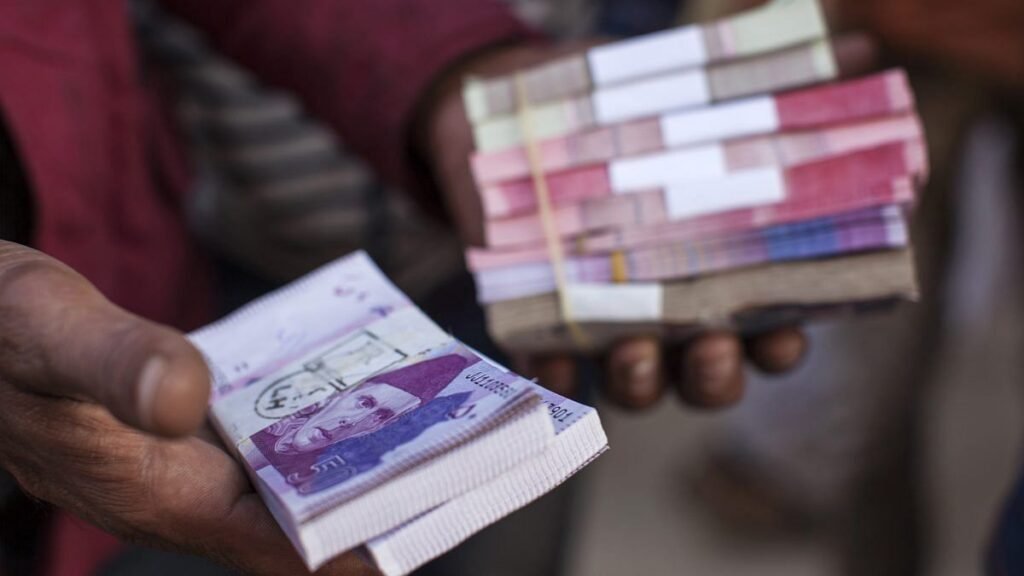The Pakistani rupee is projected to lose more ground against the US dollar during the next week if the State Bank of Pakistan does not interfere until the sixth review of the IMF’s $6 billion loan program is completed.
Importers’ demand for dollars continued to pressure the rupee, especially in the lack of inflows from the central bank and other sellers. Furthermore, a large trade deficit resulting from large imports, as well as world oil prices, posed a danger to currency stability.
On Friday, the rupee hit a new low against the dollar, closing at 177.71. During the previous week, it lost 0.69 percent of its value.
“There is still some demand pressure, which could cause the rupee to fall further unless the foreign exchange market intervenes with liquidity.”
“In the coming days, the rupee appears to be trading at 178-179 levels,” a currency dealer said.
The State Bank of Pakistan’s two major steps last month, an increase in the cash reserve requirement for banks and a significant hike in interest rates, have done nothing to halt domestic demand and inflation, or to stop the rupee’s headlong decline.
On November 21, Pakistan and the IMF reached an agreement at the staff level on policies and reforms required to complete the sixth review under the Extended Fund Facility. Once the country’s board of directors accepts the implementation of the previous initiatives, particularly on fiscal and institutional reforms, the government will receive a $1 billion tranche of IMF funding. To gain IMF funding approval, the administration is expected to present a short budget to Parliament soon, ending all sales tax exemptions.
On Tuesday, the SBP’s Monetary Policy Committee will convene to assess the economy and make an interest rate decision. Analysts and markets expect the SBP to raise policy rates by 100-150 basis points at its December 14 meeting, in order to tackle the country’s ballooning current account deficit and rising inflation.
According to a client note from Tresmark, higher-than-expected imports in November and December, revisions to the Temporary Economic Refinance Facility, repatriation of profits, interest, and principal repayments will put the rupee under pressure and add to imported inflation.
The issue keeps returning to the IMF, and it becomes more essential for Pakistan’s economic stability every week.
Unfortunately, according to a Tresmark poll, 21% of respondents said IMF loan restart was “unlikely,” up from 9% a week earlier when the staff level deal was announced.
This shift could be due to Pakistan’s recent stance on the United States’ ‘Democracy Summit’ and the Foreign Office’s (FO) condemnation of the US for boycotting the Beijing Olympics, according to the report.
It is hoped that saner minds will prevail, given Pakistan’s current weakness, Covid’s revival, and the Afghanistan effect, it added.
As a result, Pakistan will have to handle the situation proactively over the next 30 days until we hear from the IMF again, without allowing the situation to deteriorate to the point where pulling back becomes difficult, it said.
“As a result, we expect the SBP to make more policy interventions (rather than relying solely on rate hikes), the government to take administrative measures to regulate prices, and both to use verbal interventions to reduce volatility.”
